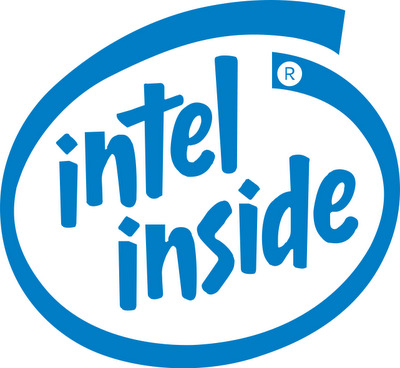VIRGIN ATLANTIC Virgin Atlantic was born in the 1980s. Richard Branson, the British entrepreneur, had already created a successful brand with Virgin Group, particularly in the music business. He had founded the group when he was 20 as a mail-order record company and shortly after opened a music shop in London’s main shopping thoroughfare, Oxford Street. The original brand slogan of these stores was ‘Cheap and nasty’. A music studio was built in Oxfordshire in 1972, where one Mike Oldfield recorded his massively successful album Tabular Bells for the Virgin Records label. This album sold 5 million copies and was the catalyst for Virgin Records, which signed a range of successful artists, including The Rolling Stones, Culture Club, Janet Jackson, Continue reading
Marketing Strategies
Case Study: Tata Salt’s Advertisement Campaign
The ‘Meine desh ka namak khaya hai’ TATA advertisement campaign in 2002 offered viewers an instant connection. In India, salt and loyalty have been associated from time immemorial. ‘Namak halal” and “Namak Haram” are commonly used terms for honest and dishonest people respectively. According to cultural connotations, after consuming salt at a person’s house the one who has consumed the salt should not cheat his/her host. The campaign connected with the consumer at an emotional level. TATA Chemicals Ltd (TCL) started manufacturing salt in 1939 after establishing a solar salt works at Mithapur, Gujarat. It pioneered the concept of iodized and vacuum-evaporated salt in India in the early 1980s and created a need that was not Continue reading
Case Study: “Intel Inside” Campaign by Intel
Initially the motivation behind the branding of Intel Inside was to establish the company by name and identify the high performance products that were used inside the computer with the company. This was in an effort to create an image for a company which often was subjected to behind the scenes and specific industry awareness, but wanted to establish it’s brand presence to the general public. Intel created a consumer brand to make sense of the rapidly changing computer cycles. The technology giant had already established a reputation as a quality brand throughout the technology world, however, their aim was to spread awareness and create a positive image for themselves in the public eye. The success of Intel can be Continue reading
Place Component of the Global Marketing Mix
The American Marketing Association defines channel of distribution as “An organized network of agencies and institutions, which in combination, perform all the activities required to link producers with users to accomplish the marketing task.” Distribution is the physical flow of goods through channels; as suggested by the definition, channels are comprised of a coordinated group of individuals or firms that performs functions adding utility to a product or service. The major types of channel utility are: Place (the availability of a product or service in a location that is convenient to a potential customer); Time (the availability of a product or service when desired by a customer); Form (the product is processed, prepared and ready to use, and in proper Continue reading
Strategic Considerations in the Product Life Cycle Concept
A Product in its life cycle under goes a lot of stages, sales and profit of a product shows a lot of variation in each stage so it becomes important for a marketer to know the marketing situation and where his product is placed in Product Life Cycle (PLC),thus impacting the marketing strategy and the marketing mix. Knowledge of the product’s life cycle can provide valuable insights into ways the product can be managed to enhance sales and profitability. Marketing activities are heavily dependent on the stage in the product life cycle. Product Life Cycle has four stages: Introduction Growth Maturity Decline In reality very few products follow such a prescriptive cycle. The length of each stage varies enormously. For Continue reading
Improve, Buy or Drop a Product
If a product is not showing profitable performance, the company may consider one of the alternatives, viz., improve, buy or drop the product. Improve If the firm continues to make the product, it may be required to make improvement in its production or distribution so as to yield adequate return. Improvement may mean re-designing the product or producing it at a lower cost. Product improvement is particularly necessary when the existing product has become apparently obsolete or out of fashion. Indian companies need to continuously upgrade their products and technology to withstand the pace of change in their business environment and to meet the challenges thrown up by the emergence of a buyer’ market. Product improvement Continue reading


